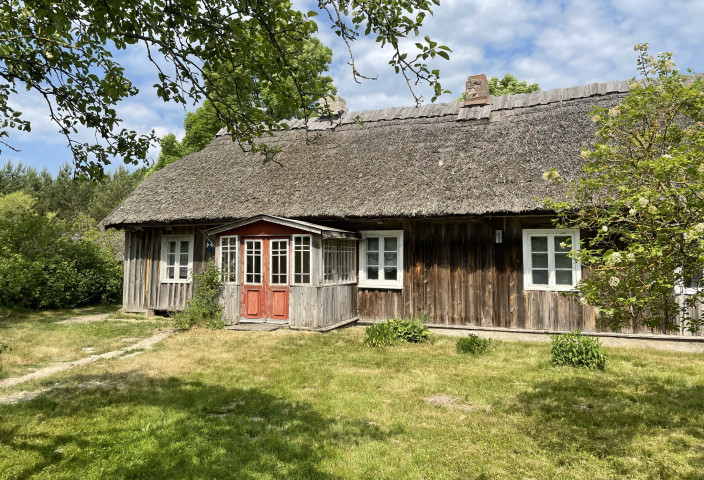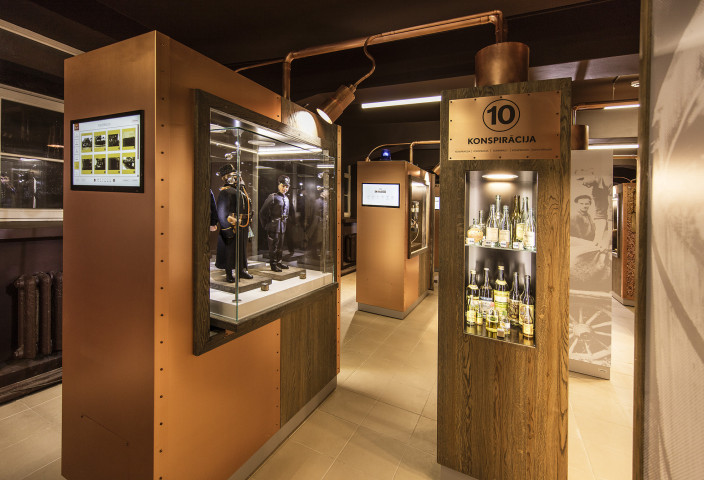Ventspils Museum in the Castle of the Livonian Order
municipal museum
Type by the Law of Museums
accredited
Accredited by Ministry of Culture
member
Member of Latvian Museums Association
Offer and services
- guide or mobile app
- offer for families with children
- baby room for changing and feeding
- rental of premises
- offer for pupils
- offer for newlyweds
Ventspils Museum was founded in November 1928. Today, it functions as the city’s history museum. Over time, it has grown into a quadripartite museum complex, including the House of Crafts, Seaside Open-Air Museum and Herberts Dorbe Memorial Museum “Ancestral Dust”. Museum administration can be found in the Castle of the Livonian Order. Since 2018, Ventspils Museum holds the status of the principal museum in its region.
Working hours
See homepage for details
| Monday | Closed |
| Tuesday | 10:00 – 18:00 |
| Wednesday | 10:00 – 18:00 |
| Thursday | 10:00 – 18:00 |
| Friday | 10:00 – 18:00 |
| Saturday | 10:00 – 18:00 |
| Sunday | 10:00 – 18:00 |
Admission fee
| Adult | 3.00 EUR |
| Pupil | 1.50 EUR |
| Student | 1.50 EUR |
| Senior | 1.50 EUR |
Free Entrance
- Child aged 7 or younger
- Disabled person
The Castle of the Livonian order is a structural unit of Ventspils Museum, designated as museum headquarters in 2001. The castle is the oldest surviving building in Ventspils. It was erected in the second half of the 13th century (earliest written mention dates back to 1290) and, as such, can be regarded as Latvia’s oldest mediaeval citadel whose original structure has remained virtually unchanged. Meanwhile, the castle chapel is the oldest surviving clerical space in Kurzeme. In the 13th to 16th century, the castle was used by the brethren of the Livonian Order; later, it served as an Evangelical Lutheran church (1706-1835), a Russian Orthodox church (1845-1901) and a prison (1832-1959). The castle has also been used for quartering several administrative bodies and the military.
The Soviet army left the castle in 1983. In 1997, its façades were restored and the outdoor territory spruced up. In the course of research and restoration, unique fragments of 15th to 17th-century murals were discovered under multiple layers of plaster. Further extensive evidence of the castle and its inhabitants was obtained in archaeological digs. In early September 2001, when the first round of restoration works was completed, Ventspils Museum revealed its permanent display about the history of the castle, the city, the port and Ventspils District and launched a brand-new digital exhibition, “Living History”. The displays were located in the tower and on the first floor of the castle, where visitors can see an impressive chimneypiece and visit the museum’s educational centre that offers interactive learning opportunities for children, youth and adults. The second-floor space (chapel, dormitory, refectory, chapter hall and the room above the gateway) were restored at a later point. Here, you can find a thematic display about the history of the city and the district under different powers.
The museum frequently organises art shows, historical exhibitions, concerts and other event that contribute to the city’s vibrant cultural life.
Ventspils Museum in the Castle of the Livonian Order
municipal museum
Type by the Law of Museums
accredited
Accredited by Ministry of Culture
member
Member of Latvian Museums Association
Offer and services
- guide or mobile app
- offer for families with children
- baby room for changing and feeding
- rental of premises
- offer for pupils
- offer for newlyweds
Where to go?
Supporters




